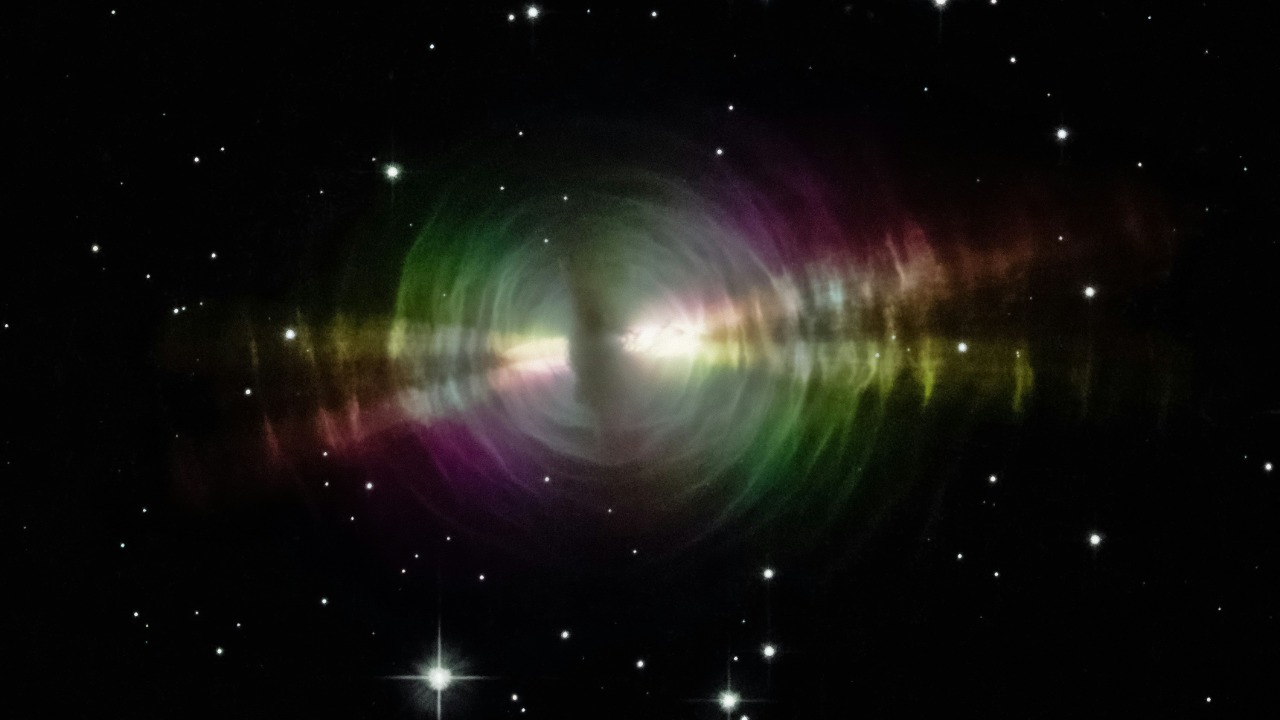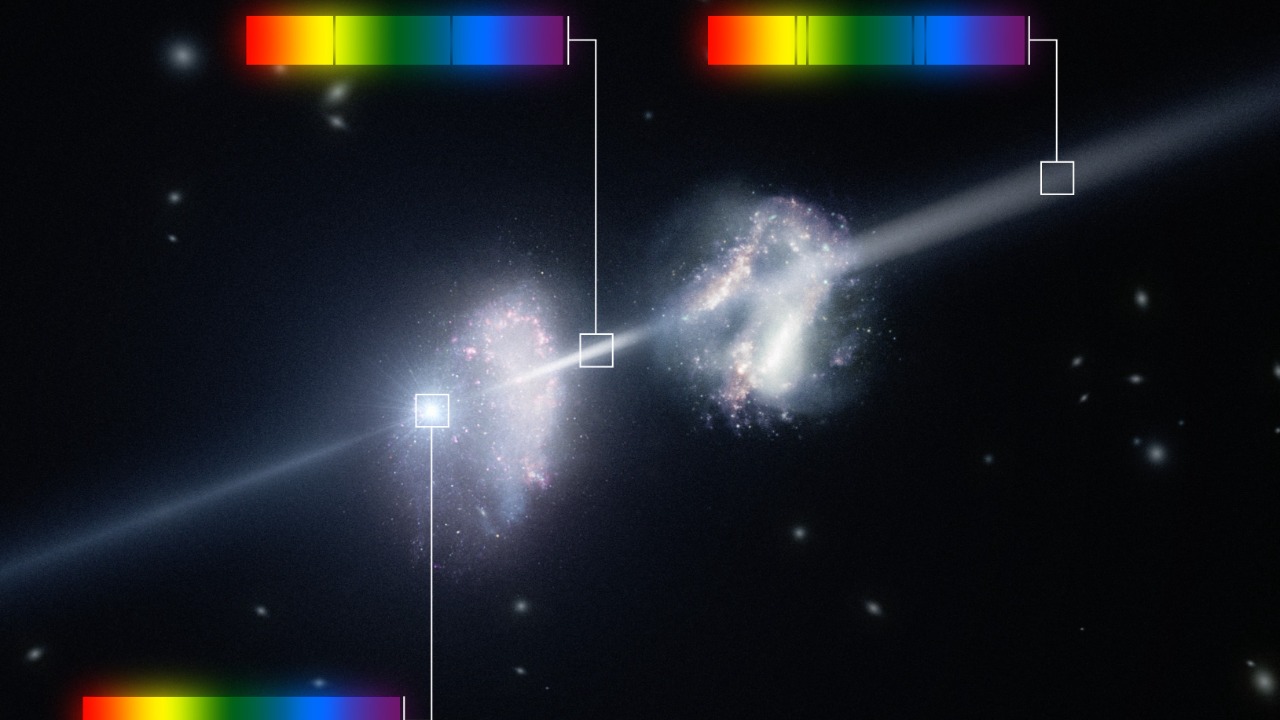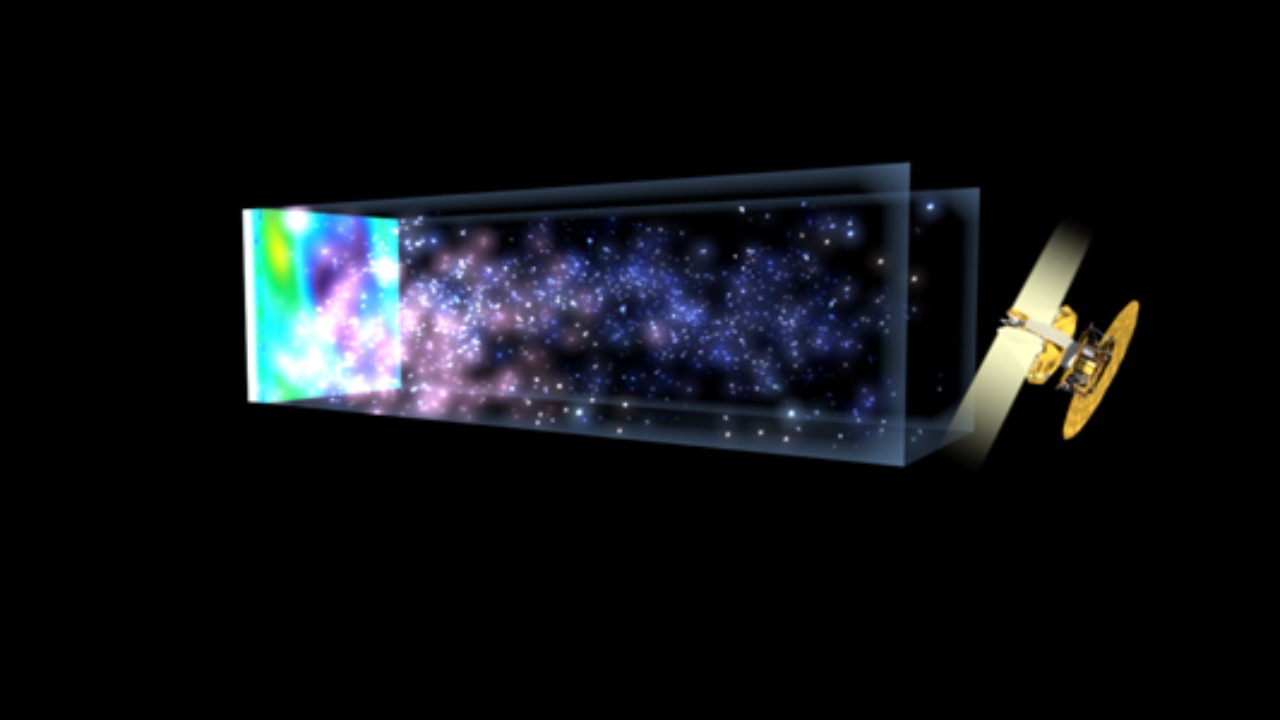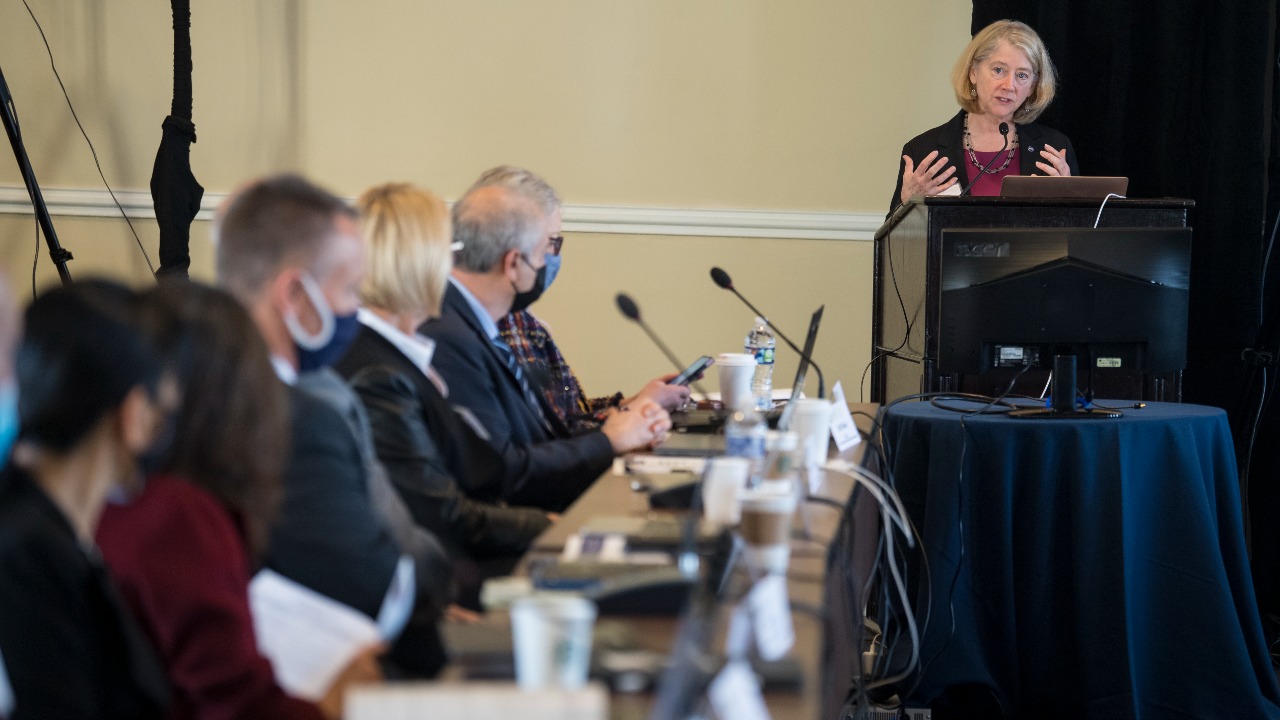
Recent discoveries have reignited excitement and curiosity in the scientific community, suggesting the possible existence of parallel universes. Scientists are delving into evidence and theories surrounding these findings, which could have profound implications for our understanding of reality.
The Concept of Parallel Universes

To understand the concept of parallel universes, we must first explore its historical background. The idea of a multiverse has intrigued philosophers and scientists for centuries. Its roots can be traced back to ancient Greek philosophers, but it gained significant traction in the 20th century with the advent of quantum mechanics. Physicist Hugh Everett III was one of the first to propose the Many-Worlds Interpretation in the 1950s. This theory suggests that every quantum event spawns a new universe, each representing different possible outcomes.
Several scientific theories propose the existence of parallel universes. Besides the Many-Worlds Interpretation, String Theory posits the existence of multiple dimensions, some of which might host parallel worlds. Popular culture has also embraced the concept, with literature and media frequently portraying parallel universes. From Lewis Carroll’s “Through the Looking-Glass” to contemporary sci-fi films like “Interstellar,” these portrayals have significantly influenced public perception, making the idea of multiple universes a familiar and intriguing notion.
Recent Discoveries and Evidence

One of the most intriguing developments in the search for parallel universes comes from NASA’s research in Antarctica. Scientists working with the Antarctic Impulsive Transient Antenna (ANITA) detected unusual particle behavior that some interpret as evidence of a universe where time flows backward. These findings have sparked considerable debate, with some researchers suggesting they may point to a parallel universe.
The study of the Cosmic Microwave Background (CMB) radiation, a relic from the Big Bang, offers another potential clue. Researchers have observed anomalies in the CMB that some interpret as evidence of interactions between our universe and others. Additionally, quantum mechanics continues to intrigue scientists, with experiments involving particle behavior hinting at the possibility of multiple realities. These findings, while not definitive, add weight to the hypothesis of parallel universes.
Scientific Skepticism and Criticism

Despite the excitement surrounding these discoveries, the scientific community remains cautious. Skeptics raise concerns about the methodologies used in detecting evidence for parallel universes. Critics argue that the data can often be explained by known physical phenomena or experimental errors. The interpretation of data suggesting parallel worlds is fraught with challenges, as scientists must distinguish between genuine anomalies and artifacts of measurement.
The role of peer review is crucial in validating or debunking claims about parallel universes. Researchers must rigorously scrutinize new findings, ensuring that they withstand the test of scientific inquiry. As the search for parallel universes continues, the scientific method remains the best tool for separating fact from fiction, ensuring that only well-substantiated evidence is considered credible.
Implications of Parallel Universes

If parallel universes are confirmed, the philosophical implications would be profound. The existence of multiple realities could challenge our understanding of concepts like fate and free will, suggesting that every possible outcome of every decision we make is realized in some universe. This idea raises questions about the nature of reality and our place within it.
The confirmation of parallel universes could also revolutionize our understanding of fundamental physics. It would prompt a reevaluation of established theories and potentially lead to the development of new models that incorporate the multiverse. In terms of technological advancements, understanding and accessing parallel universes could open up possibilities we can scarcely imagine, from new forms of communication to revolutionary energy sources.
The Future of Multiverse Research

The search for parallel universes is a rapidly evolving field, with ongoing experiments designed to explore the multiverse hypothesis. Projects like the Large Hadron Collider and future space telescopes aim to gather data that could provide further insights into the nature of our universe and its potential counterparts. As technology advances, so too does our ability to probe the mysteries of the multiverse.
Collaboration across disciplines is vital in advancing multiverse research. Physicists, cosmologists, philosophers, and other experts must work together to unravel the complexities of parallel universes. Public engagement is also crucial, as interest and education can support and drive future discoveries. By fostering a greater understanding of these concepts, society can better appreciate the significance of scientific advancements in this intriguing field.